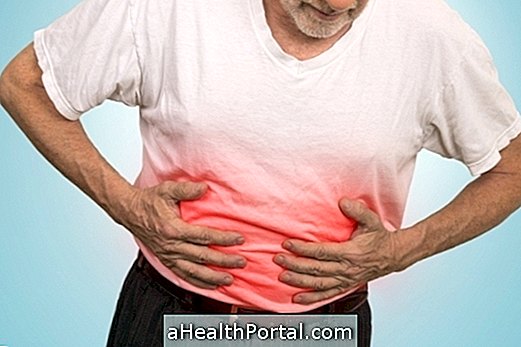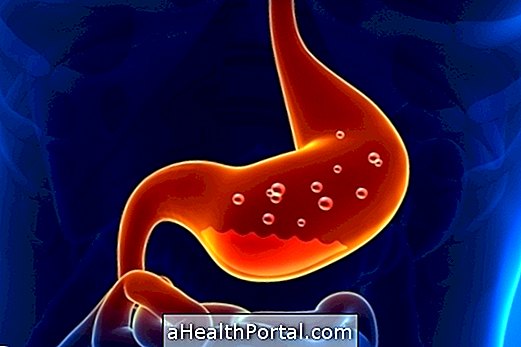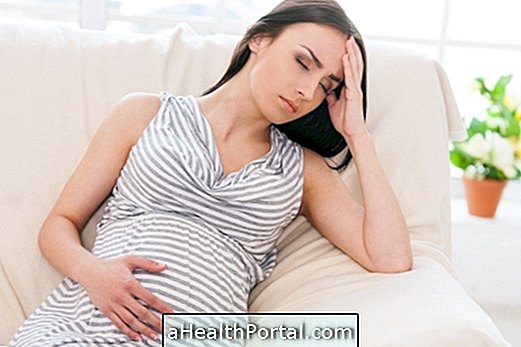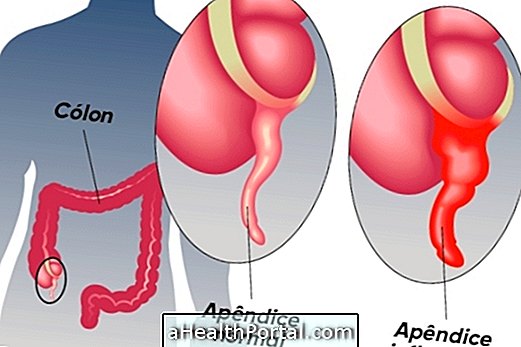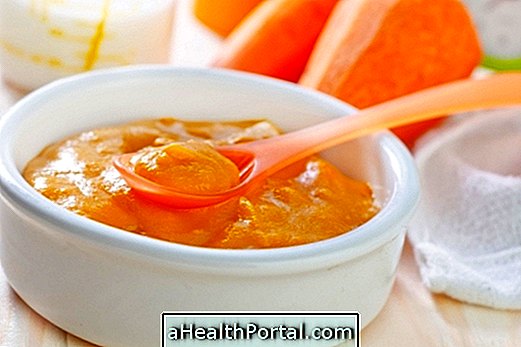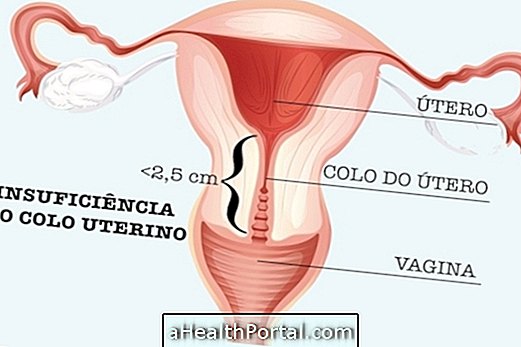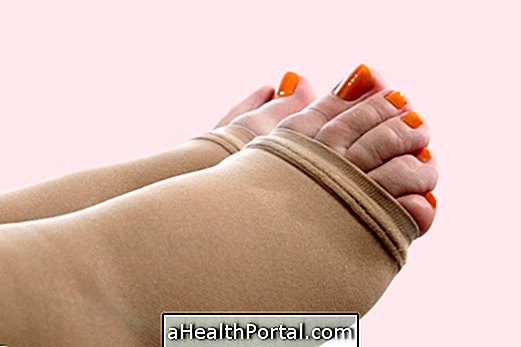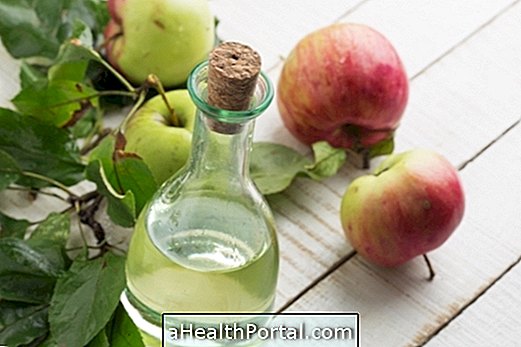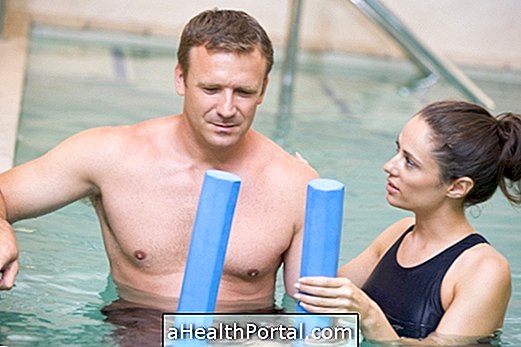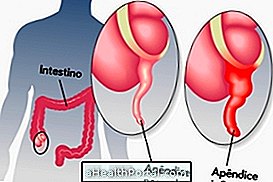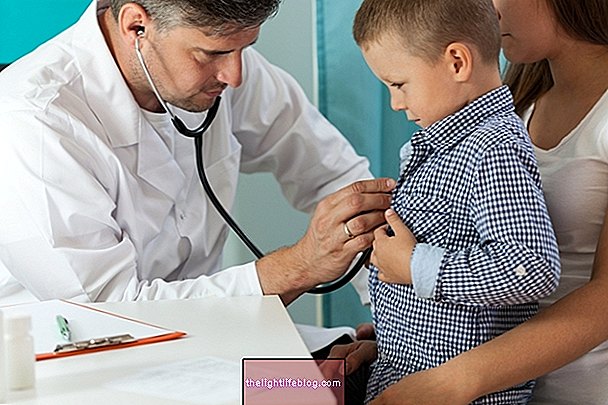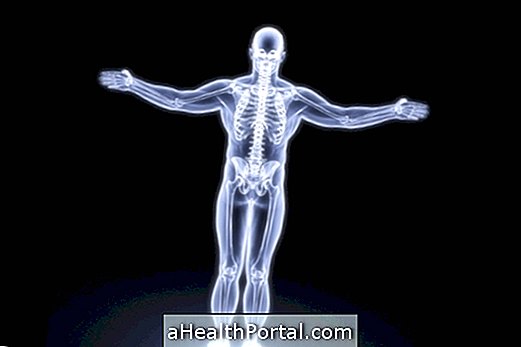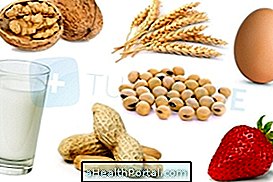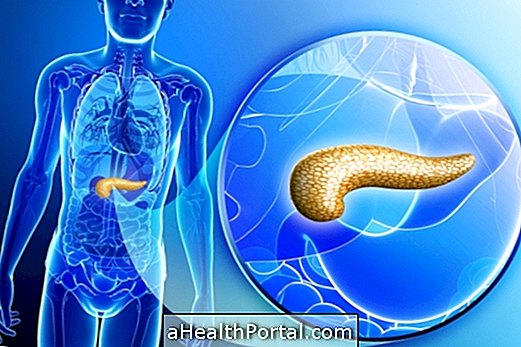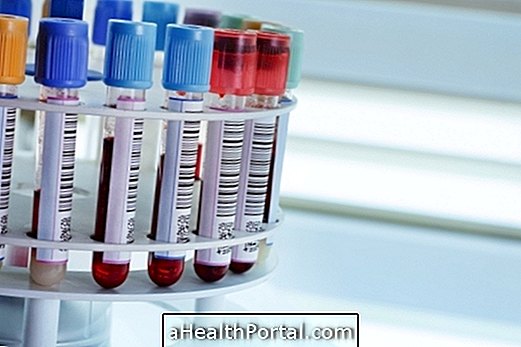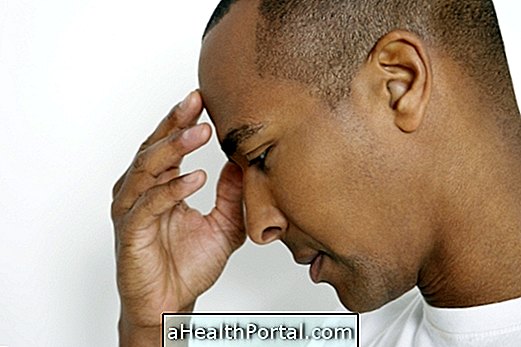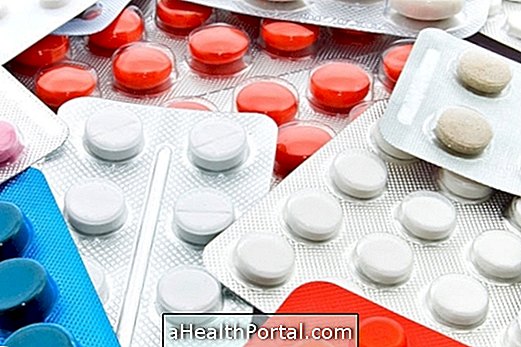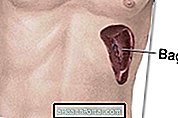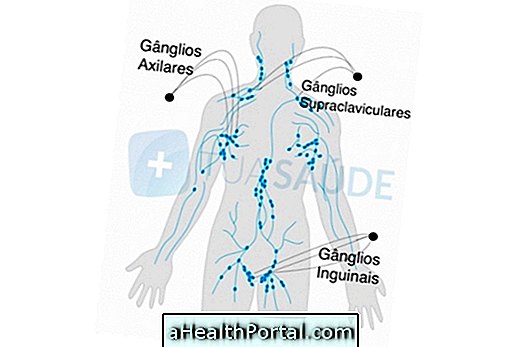Treatment for gallstone can be done with proper diet, drug use, shockwave or surgery, and will depend on the symptoms presented, the size of the stones and other factors such as age, weight and other existing diseases such as diabetes and high cholesterol.
Diet and remedies are best indicated when stones are still small and do not cause symptoms, such as severe pain on the right side of the abdomen. However, when the person has symptoms or when the stone is large or goes to the bile ducts causing obstruction, treatment is usually done with surgery to remove the gallbladder. In cases where the patient can not perform the surgery, the doctor can indicate the shock waves, which can break the stones into small pieces, facilitating their elimination through the intestine.
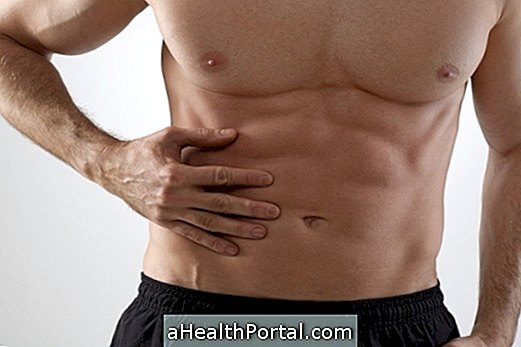
Thus, the treatment for stone in the gallbladder can be done with:
1. What to eat
Feeding into the gallbladder stone should be done to prevent the rise in cholesterol, a major cause of gallstone formation. Thus, the diet should be low in saturated and trans fats, and high in fiber.
- What to eat: fruits, vegetables, raw salad, whole products like bread, rice, pasta and crackers, whole grains like oats, chia and flaxseed, crackers and salt or mary.
- What not to eat: fried foods in general, sausages, sausages, red meats, margarine, whole milk, yellow cheeses such as cheddar and mozzarella, sour cream, pizza, industrialized products like stuffed crackers, packaged snacks and frozen food.
It is also important to stay hydrated, drinking plenty of water, tea or natural juices, preferably without sugar. Learn how to make a proper diet for gallbladder in: Diet in the bladder crisis.


2. Remedies for stone gallbladder
Treatment with medicine is done when the gall stones are cholesterol, because drugs like Ursodiol work by dissolving these stones. However, a person may need to take this type of medication for a long time, as stones usually take years to dissolve, so this treatment is only for people who do not suffer from pain symptoms.
3. Shockwaves
The stones in the gallbladder can be treated by Lithotripsy, which are shock waves that break the stones into smaller pieces, easier to cross the bile ducts to the intestine, where they will be eliminated by the stool. This alternative treatment for gallstone should be used along with medications and is indicated primarily for individuals who can not be operated due to age or other health problems such as heart disease.
The disadvantage of non-surgical treatments for stone in the gallbladder is the high chance that the stones will re-emerge and inflame the gallbladder.
4. Surgery to remove the gallbladder
Surgical treatment of gallstones is done when the person has abdominal pain or when the stones are very large. The surgery can be done through a cut in the abdomen or by laparoscopy, which is a surgery done through a small cut in the belly, where the surgeon puts a camera inside the abdomen and can remove the gall without having to make a larger cut. This method is what has been used most to remove the gallbladder.
Surgery is usually the treatment chosen because it brings a definitive solution to the problem and the patient generally only needs to be hospitalized 1 day and can return to normal activities after about 2 weeks. After surgery, the liver will continue to produce the bile, which now goes directly to the gut at the time of digestion, as there is no longer a vesicle for its storage. See when and how to recover from gallbladder surgery and what to eat after removing the gallbladder.


What can happen if I do not treat the stones in the gallbladder
When the stones are small and do not cause pain, the person can spend a lifetime without feeling anything. However, stones can grow and block the bile ducts, causing complications such as:
- Cholecystitis: inflammation of the gallbladder with increased risk of infection. The symptoms are constant abdominal pain, even when the person does not eat, fever and vomiting;
- Choledocholithiasis: when the calculus leaves the vesicle and obstructs the choledochus, causing jaundice. the symptoms are usually yellowish-colored skin and eyes;
- Cholangitis: Severe infection caused by bacteria, which can lead to death. The symptoms are abdominal pain, fever, chills and jaundice;
- Acute pancreatitis: when the stone clogs a duct of the pancreas. The symptoms are severe abdominal pain, nausea, vomiting and jaundice.
Home treatment for gallstone
One home treatment that can be used for bladder stone is burdock and boldo tea, which helps reduce gall bladder inflammation and eliminate stones. However, the individual should advise the doctor about home treatment, and this should only be done when there are no symptoms present, such as abdominal pain.
To make this tea, simply place and sachet of boldo tea, 1 teaspoon of burdock root and 500 ml of water. One should put the water to boil, turn off the fire and add the boldo and the burdock. After 10 min you should strain the mixture and drink 2 cups of tea a day, 1 hour after lunch and dinner.
For other home-based ways to treat gallstones, see: Home remedy for gallstone.
Homeopathic treatment for gallstone
Homeopathic treatment for stone in the gallbladder can be done with homeopathic remedies like Chelidonium majus or Lycopodium clavatum, however, its intake must be done under medical or homeopathic guidance.
